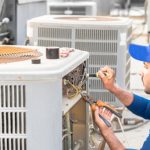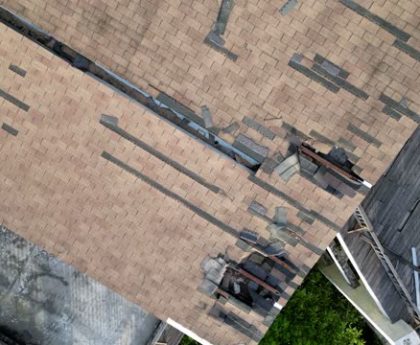When it comes to ensuring the reliability of your power supply, a generator can be a lifesaver. Whether you live in an area prone to frequent power outages or simply want peace of mind during extreme weather events, having a backup generator installed is essential. However, installing a generator is not as simple as plugging it in and turning it on. There are several key factors to consider to ensure that your generator operates reliably when you need it most.
One of the first steps in installing a generator is determining the size and type that best suits your needs. Generators come in various sizes and types, ranging from portable units that can power a few appliances to whole-house standby generators that can keep your entire home running smoothly. explore the full story generator you choose will depend on factors such as the size of your home, the number of appliances you want to power during an outage, and your budget.
Once you have selected the right generator for your needs, the next step is to determine where it will be installed. Generators should be placed outdoors in a well-ventilated area away from windows, doors, and other openings to prevent carbon monoxide poisoning. Additionally, generators should be installed on stable ground and protected from exposure to rain or snow.
After determining the location for your generator, it is crucial to hire a professional electrician or contractor to handle the installation process. Installing a generator involves connecting it directly to your electrical system, which requires knowledge of electrical codes and safety precautions. A professional installer will ensure that all wiring connections are made correctly and safely so that your generator operates reliably without posing any risks.
In addition to proper installation by a qualified professional, regular maintenance is essential for ensuring the reliability of your generator. Like any mechanical device, generators require routine maintenance such as oil changes, filter replacements, and inspections by trained technicians. By keeping up with maintenance tasks recommended by the manufacturer, you can prolong the life of your generator and ensure that it functions properly when needed.
In conclusion, installing a backup generator is an excellent way to protect yourself against unexpected power outages. By selecting the right size and type of generator for your needs, choosing an appropriate location for installation, and hiring a professional installer who follows safety guidelines and maintaining regular maintenance schedule you can rest assured knowing that your backup power supply will be reliable when you need it most.





